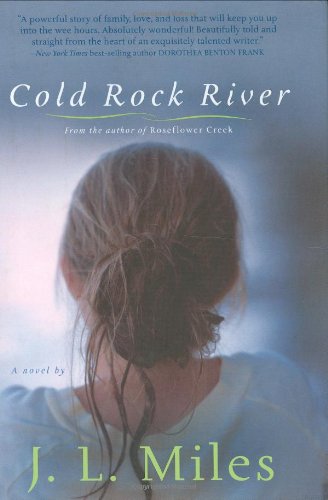Cold Rock River
In Vietnam-era rural Georgia, insecure Adie falls in love with the most popular boy in high school. She is thrilled when Buck begins to court her. The sex he considers a prerogative soon leads to pregnancy and a shotgun wedding. Adie’s family has skeletons in the closet, and she quickly learns that her new husband and her judgmental mother-in-law have a few of their own. Buck insists that they move to his original town, where he has a prospective employer. Once there, he quickly takes up with the boss’s daughter. Adie remains determined to be a good wife. During her struggles with loneliness and poverty, she makes two firm friends. One is a kind neighbor, Murphy, upon whose property she rents a cabin. The other is an aged black woman who has dark secrets of her own. Willa Mae shares with Adie a precious heirloom, the diary of a slave called Tempe. Tempe’s tale, replete with rape, murder, and the sale of her beloved children, reinforces Adie’s determination to make a life beyond mere survival.
In short, Cold Rock River is hard-core rural Southern melodrama, with more twists and turns than a nine-foot blacksnake. The flashbacks to antebellum life are by turns colorful and agonizing. The secretly intermingled world of the supposedly “segregated” and the tragic loss of children are reoccurring themes. The endlessly beset Adie and her friend, Willa Mae, are engaging characters, but the rest seemed a little flat. Although there is abundant regional dialect and local color, the book ends, perhaps to intensify an already powerful down-home flavor, with several pages of recipes: Erskine Caldwell meets Paula Dean. Readers who enjoy this popular Southern subgenre should find Cold Rock River a compelling read.










